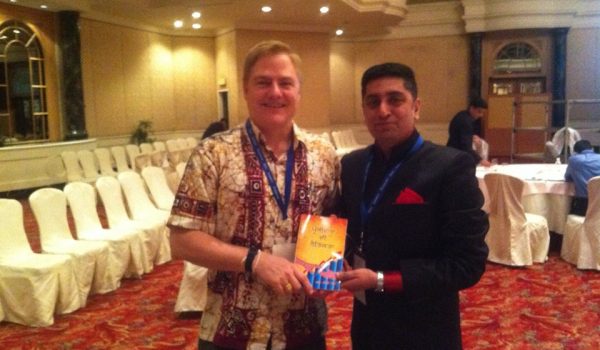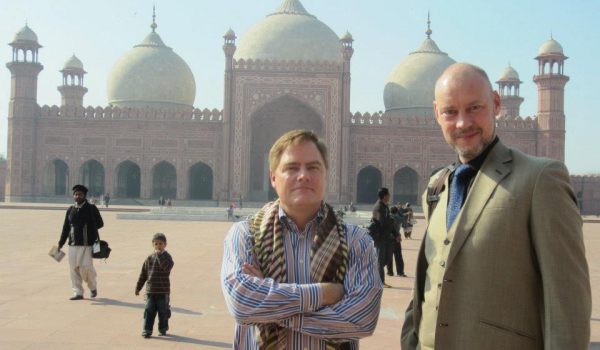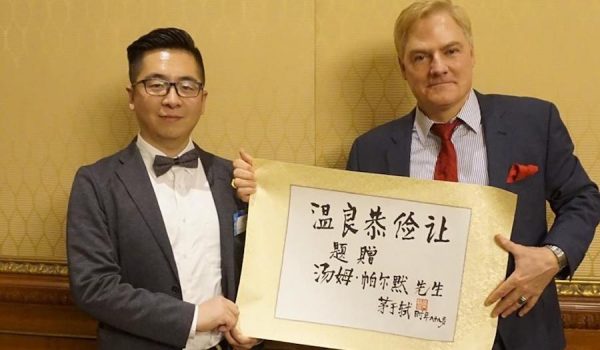I’ve published a comment on a piece by David Bollier of the New America Foundation. You’ll have to read his essay and then mine, followed by his response.
I should point out that Bollier’s response to my comment reveals again that Bollier didn’t understand my remarks about how “public domain” resources are just not owned at all. “Ownership” entails the right of exclusion. The examples I gave of “public domain” resources were “the legend of Robin Hood, inventions or stories on which intellectual property protections have lapsed, and the Linux operating system,” none of which are owned by anyone, because no one can be excluded from using them. But in his response Bollier claims that I’m including in the category of the “unowned” such items as land trusts. Of course not! I explicitly pointed out that someone or some group has the right to exclude others from them, and for most of the things he cites, that someone or that group is not “the American people.” Bollier claimed that public domain resources are “owned” by the American people, which is a serious misuse of the word “own.” He wrote, “The commons also consists of intangible assets that are not as readily identified as belonging to the public. Such commons include the creative works and public knowledge not privatized under copyright law. This large expanse of cultural resources is sometimes known as the public domain or?as electronic networking increases its scope and intensity?’the information commons.'” Then he wrote that such public domain resources are subject to the “moral and legal ownership by the American people.” That’s clearly nonsense, as I pointed out in my critique. I merely pointed out that those items aren’t owned at all, not that common property resouces are unowned. Bollier doesn’t have the first clue as to what ownership means or what property means.
Finally, Bollier takes me to task for “not directly confronting my real-life, contemporary examples.” I wish I could have, but I was asked to submit 750 words and had to plead with the editor to accept 1,000. (Some editors might not have allowed him to make that cheap parting shot, but that’s not always an easy judgement call.) I had to use my very limited number of words carefully. And believe me, Bollier’s essay provided a target-rich environment.









